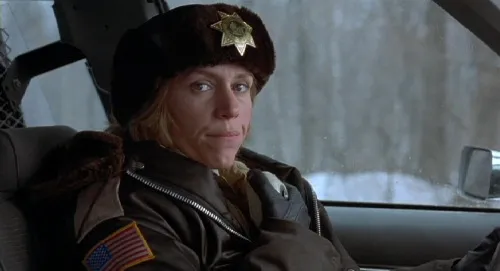
Ever wonder how a single image can completely shift perspectives, spark global outrage, or unite a nation? Photography, at its core, is a form of bearing witness, a powerful way of bringing a single vision to the larger world, capturing fleeting snippets that crystallize the hope, anguish, wonder, and joy of life. These aren’t just pictures; they’re turning points in our human experience, moments frozen in time that have irrevocably shaped the way we think and live.
TIME magazine, in a monumental undertaking, collaborated with curators, historians, photo editors, and renowned photographers worldwide to identify the 100 most influential pictures ever taken. Their mission? To unearth images that were either the first of their kind, those that profoundly altered our collective consciousness, or those that directly changed our daily lives. The result is not merely a collection of superb, rare, and interesting historical photos, but a treasure trove of incredible human experiences.
Today, we’re embarking on a journey through some of the most compelling and impactful images from that extraordinary list. These photographs transcended their initial capture, becoming powerful symbols that resonated across cultures and generations, proving that the best photography truly is a testament to the human story. Get ready to dive deep into the narratives behind these unforgettable frames, exploring how they forever altered our understanding of the world.
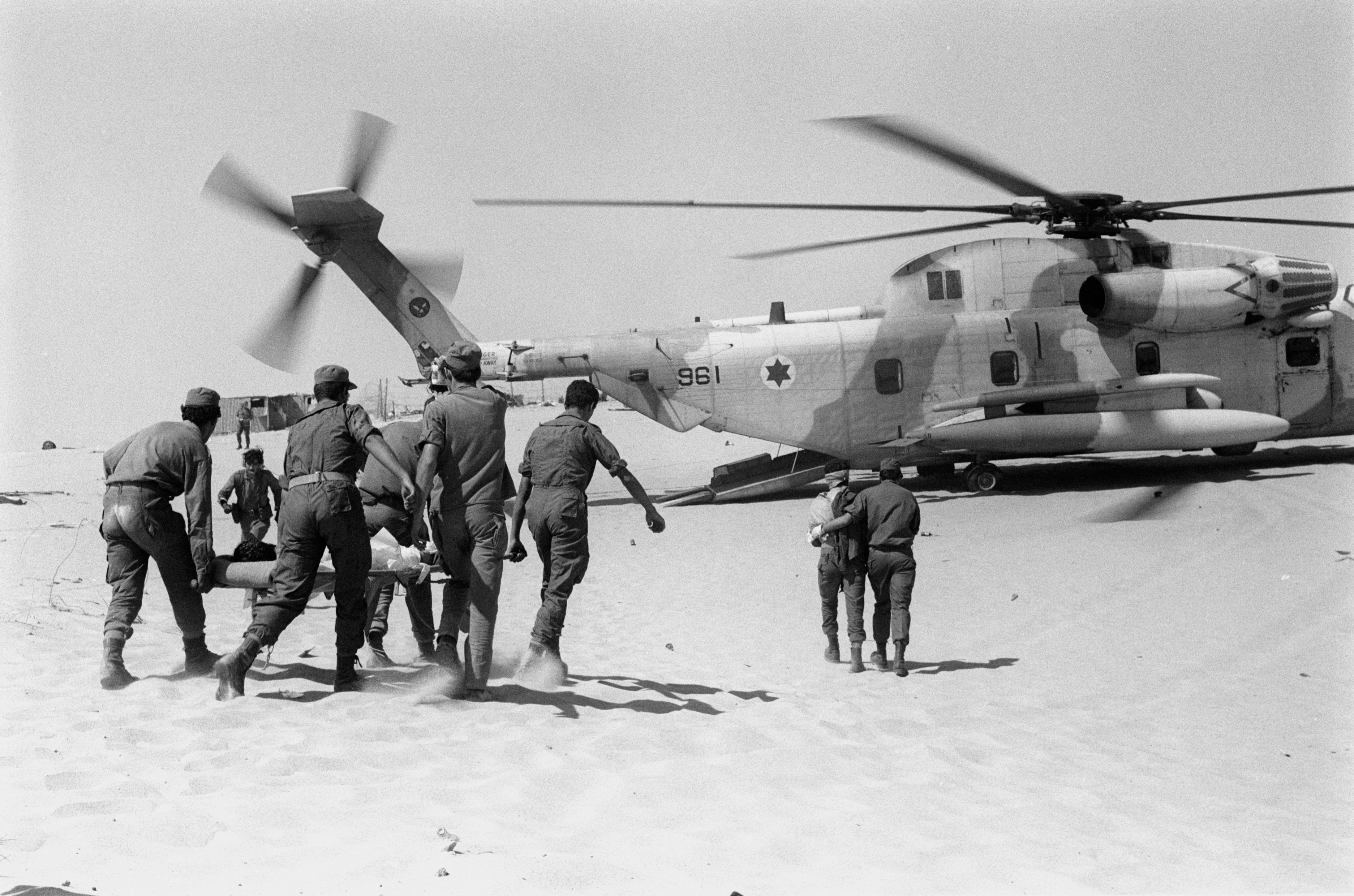
1. **The Terror Of War, 1972**On June 8, 1972, a scene of unimaginable horror unfolded outside Trang Bang, about 25 miles northwest of Saigon. Associated Press photographer Nick Ut was there when the South Vietnamese air force mistakenly dropped a load of napalm on the village. Amidst the chaos and carnage, Ut saw a group of children and soldiers running towards him on the highway, among them a screaming naked girl. He wondered, “Why doesn’t she have clothes?” and then realized the devastating truth: she had been hit by napalm.
Ut immediately sprang into action, pouring water on her body as she screamed, “‘Too hot! Too hot!’” He then took 9-year-old Phan Thi Kim Phuc to a hospital, where the prognosis was grim—she might not survive the third-degree burns covering 30 percent of her body. With the help of his colleagues, Ut ensured her transfer to an American facility for specialized treatment that ultimately saved her life.
His gripping photo of Kim Phuc, raw and unforgettable, underscored the brutal reality that the war was doing more harm than good. Its publication sparked intense newsroom debates about running a photo with nudity, pushing many publications, including the New York Times, to override their existing policies. This image quickly became a cultural shorthand, encapsulating the atrocities of the Vietnam War and joining other defining images like Malcolm Browne’s “Burning Monk” and Eddie Adams’ “Saigon Execution.”
The photo’s authenticity was even questioned by President Richard Nixon, but Ut steadfastly defended his work, commenting, “The horror of the Vietnam War recorded by me did not have to be fixed.” In 1973, the Pulitzer committee concurred, awarding him its prestigious prize. That same year, America’s involvement in the war finally came to an end, leaving an indelible mark that Ut’s photograph helped cement in history.
Read more about: Were the Editors Asleep? 12 Jaw-Dropping Film Fails That Sneaked Onto the Big Screen, From Ancient Rome to a Galaxy Far, Far Away!
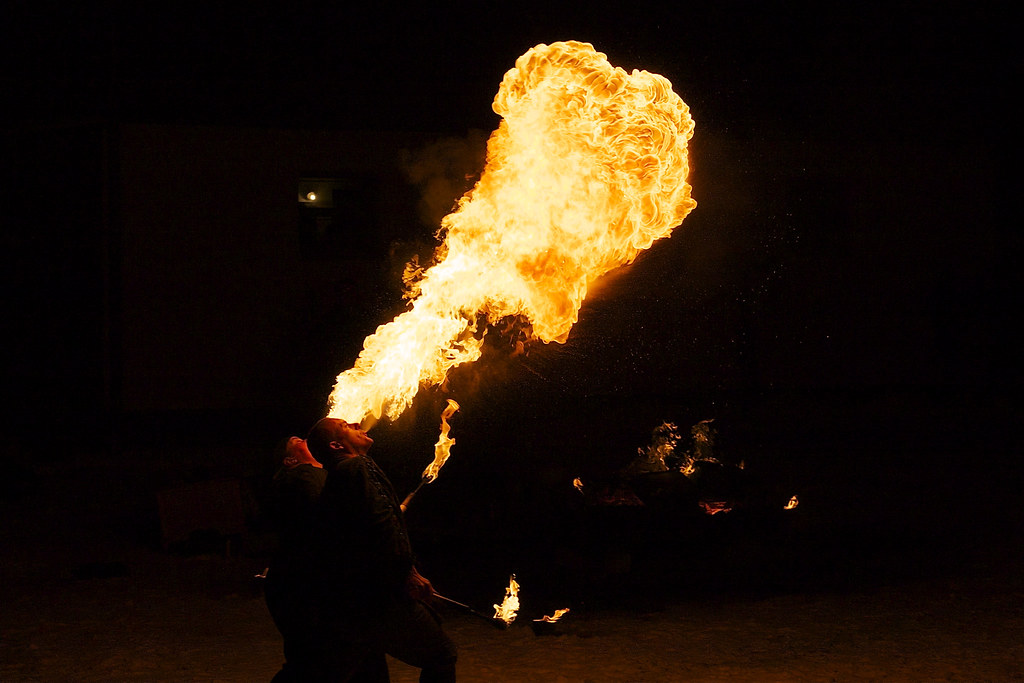
2. **The Burning Monk, 1963**Before June 1963, many Americans were largely unaware of Vietnam’s geographical location, let alone the turmoil gripping the Southeast Asian nation. That changed dramatically when Associated Press photographer Malcolm Browne captured an image that would be seared into global consciousness: Thich Quang Duc immolating himself on a Saigon street. Browne had received a tip that a significant protest against the treatment of Buddhists by President Ngo Dinh Diem’s regime was about to occur.
Upon arriving at the scene, Browne witnessed two monks dousing the seated elderly man with gasoline. He recounted, “I realized at that moment exactly what was happening, and began to take pictures a few seconds apart.” His Pulitzer Prize–winning photograph depicted the monk sitting serenely in a lotus style, enveloped in flames, an image that immediately became the first iconic representation to emerge from what would soon become a quagmire for America.
Quang Duc’s profound act of martyrdom starkly symbolized the intense volatility plaguing his nation. The photo’s impact was so immense that President Kennedy later remarked, “No news picture in history has generated so much emotion around the world as that one.” Browne’s powerful image compelled people to question the U.S.’s association with Diem’s government, directly contributing to the Administration’s decision that November not to interfere with a coup against Diem.
This single photograph not only highlighted a deeply rooted religious and political conflict but also served as a stark preview of the escalating crisis in Vietnam. It forced a global confrontation with the moral complexities of intervention and oppression, demonstrating how visual media could ignite widespread public and political reconsideration.

3. **Starving Child And Vulture, 1993**Kevin Carter was no stranger to the grim realities of death. As a member of the Bang-Bang Club, a courageous group of photographers chronicling apartheid-era South Africa, he had witnessed more than his fair share of heartbreak. In 1993, he journeyed to Sudan to document the devastating famine ravaging the land, a mission that would lead to one of the most ethically fraught photographs in history.
After a grueling day of capturing images in the village of Ayod, Carter ventured into the open bush. There, he heard whimpering and stumbled upon an emaciated toddler who had collapsed on the difficult journey to a feeding center. As he photographed the child, a plump vulture ominously landed nearby, a chilling symbol of impending death.
Carter, reportedly advised not to touch famine victims due to disease risks, faced an agonizing dilemma. Instead of intervening directly, he spent 20 minutes waiting, hoping the stalking bird would open its wings for a more dramatic shot. When it didn’t, he scared the creature away and watched as the child continued the arduous crawl towards the center. Overcome, he then lit a cigarette, prayed, and wept.
When The New York Times published the photo, it triggered an immediate and widespread outcry. Readers were desperate to know the child’s fate and vehemently criticized Carter for not assisting his subject. The image quickly became a wrenching case study, fueling a fierce debate over the ethical boundaries of photojournalism and when photographers should intervene. Though subsequent research suggested the child survived the immediate ordeal but died 14 years later from malarial fever, the shadow of that bright, dark day never lifted from Carter. He won a Pulitzer for his image, but tragically took his own life in July 1994, haunted by “the vivid memories of killings, corpses, anger, and pain,” a testament to the profound emotional toll of his work.
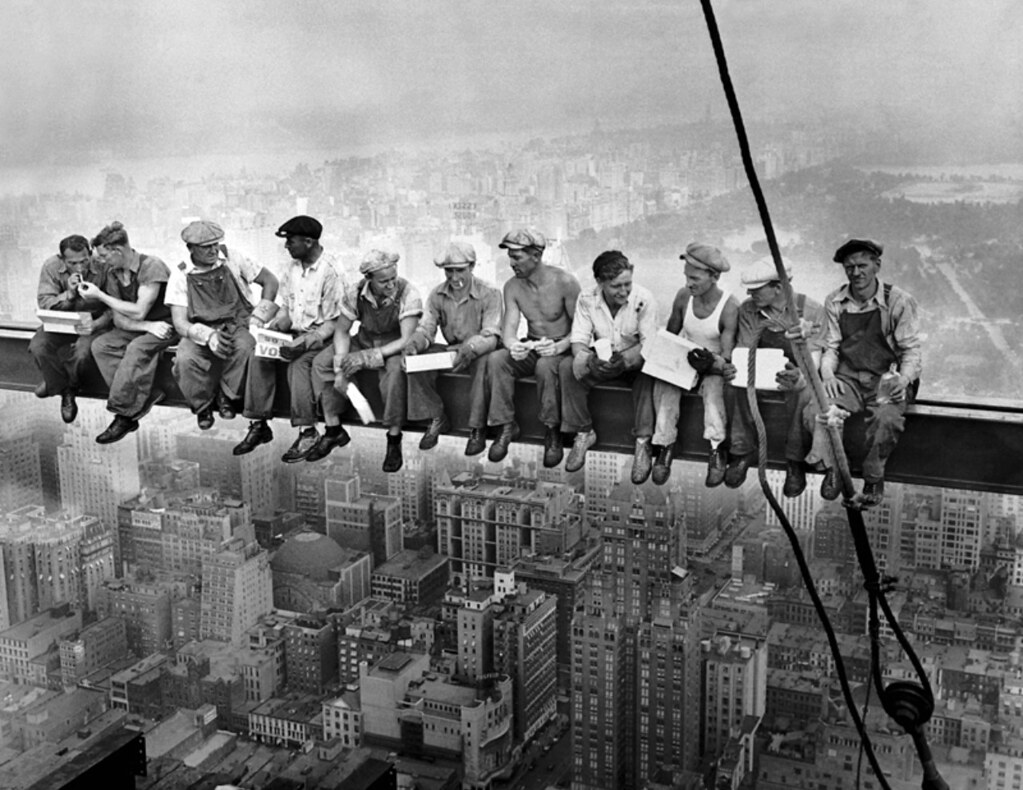
4. **Lunch Atop A Skyscraper, 1932**Imagine a lunch break like no other: 11 men casually eating, chatting, and even sneaking a smoke, all while perched 840 feet above the bustling streets of Manhattan, with nothing but a thin steel beam beneath them. This seemingly perilous yet playful moment was famously captured in “Lunch Atop a Skyscraper,” a photograph that has become an enduring symbol of American resilience and ambition.
The comfort these men exude in the picture was, remarkably, genuine. They were among the brave construction workers who were building Rockefeller Center, true titans of industry literally shaping the skyline of New York City. While the image radiates an effortless, candid quality, it was, in fact, staged. This iconic shot, taken on the 69th floor of what was then the flagship RCA Building (now the GE Building), was part of a savvy promotional campaign for the massive skyscraper complex.
Despite its global recognition, the exact identity of the photographer and most of the subjects remains a mystery. Charles C. Ebbets, Thomas Kelley, and William Leftwich were all present that day, making it difficult to pinpoint the specific lensman behind the masterpiece. However, for ironworkers across New York City, the picture isn’t just a historical artifact; it’s a cherished badge of their bold and fearless tribe, a tribute to the daring spirit of their profession.
By defiantly thumbing its nose at both danger and the crushing despair of the Great Depression, “Lunch Atop a Skyscraper” perfectly captured the spirit of a nation desperately in need of hope. It transcended its original purpose, transforming into an iconic emblem of New York City itself, affirming the romantic belief that the city is a place unafraid to tackle projects that would intimidate less brazen cities. Like all powerful symbols in a city built on hustle, this image has even spawned its own thriving economy, becoming the Corbis photo agency’s most reproduced image, gracing countless mugs, magnets, and T-shirts sold in Times Square and beyond.
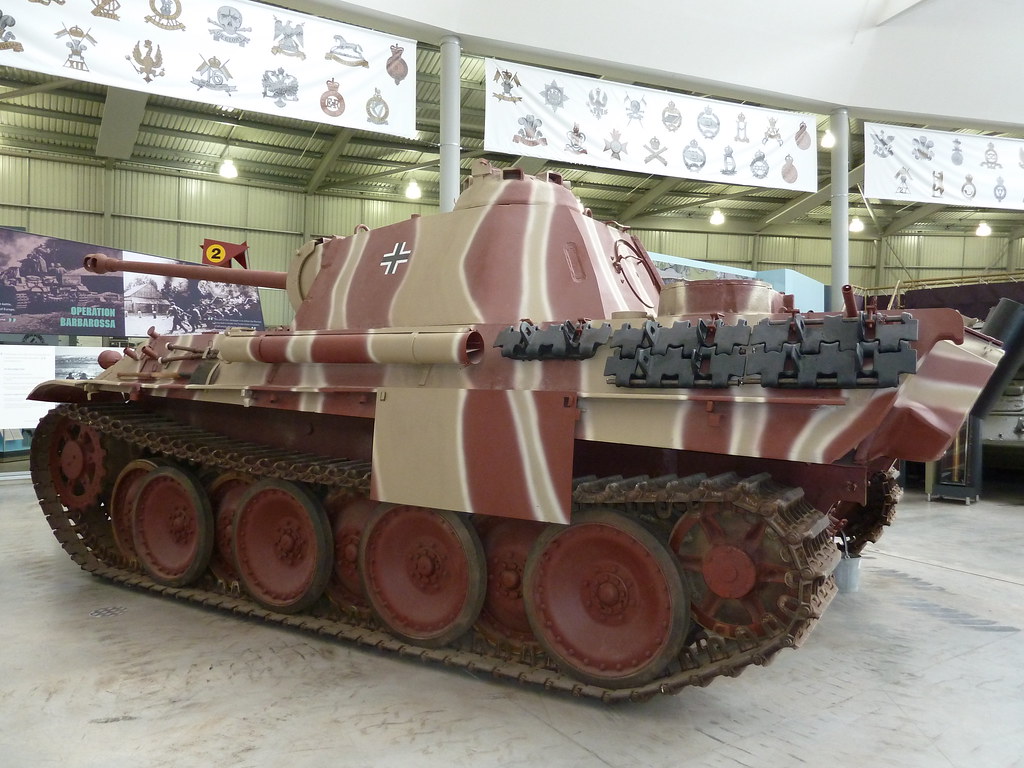
5. **Tank Man, 1989**On the morning of June 5, 1989, just a day after the tragic Tiananmen Square massacre, Associated Press photographer Jeff Widener found himself on a sixth-floor balcony of the Beijing Hotel. His assignment was to document the somber aftermath of Chinese troops attacking pro-democracy demonstrators. Amidst photographing bloody victims, cyclists, and scorched buses, a column of tanks began to roll out of the plaza, a grim procession of military might.
Widener lined up his lens, and at that precise moment, a man carrying shopping bags stepped directly in front of the war machines. Waving his arms, he bravely refused to move, an extraordinary act of solitary resistance against an overwhelming force. The tanks attempted to maneuver around him, but with each attempt, he stepped back into their path, even briefly climbing atop one of them.
Widener, like anyone witnessing such a scene, assumed the man would be killed. Yet, astonishingly, the tanks held their fire. Eventually, the man was whisked away, his identity remaining a mystery to this day. But not before Widener immortalized his singular, defiant act. Although other photographers also captured the scene, Widener’s image was swiftly transmitted over the AP wire, appearing on front pages around the world, immediately etching itself into history.
Decades later, the “Tank Man” remains unidentified, an anonymity that only enhances the photograph’s profound universality. It has transcended its specific time and place to become a global symbol of resistance against unjust regimes everywhere, a powerful testament to the individual’s courage in the face of tyranny. The image continues to inspire and provoke, reminding us of the enduring power of human dignity and protest.
Read more about: Beyond the Red Carpet: Unmasking Hollywood’s Top 15 Most Difficult Actors to Work With
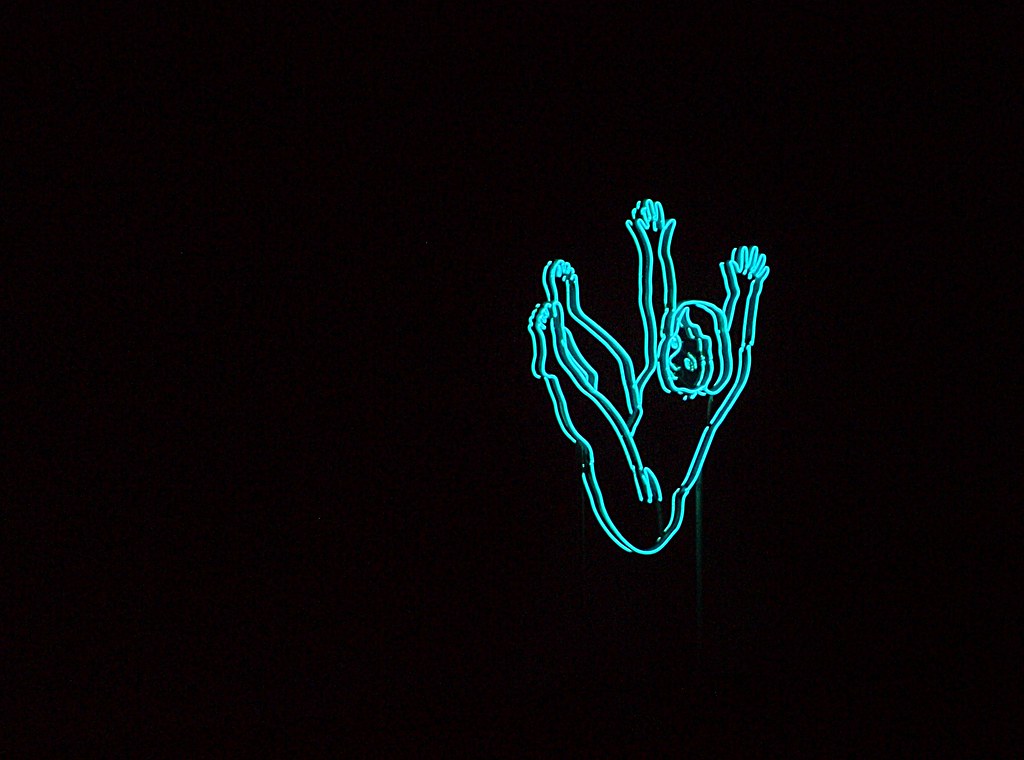
6. **Falling Man, 2001**On a day etched into collective memory for its mass tragedy, September 11, 2001, “Falling Man” stands as one of the only widely seen pictures that explicitly shows someone dying. This harrowing photograph was initially published in newspapers across the U.S. in the days following the attacks. However, due to significant backlash from readers, it was soon forced into a temporary obscurity, deemed too difficult, too raw, for public consumption.
It’s an image that remains profoundly difficult to process: a man perfectly bisecting the iconic Twin Towers as he plummets towards the earth, appearing almost like an arrow. The man’s identity is still officially unknown, though it is widely believed he was an employee at the Windows on the World restaurant, which was located atop the North Tower of the World Trade Center.
The true, enduring power of “Falling Man” extends beyond merely identifying its subject. Its impact lies more in what he ultimately became: a poignant, makeshift Unknown Soldier in what was often an unknown and uncertain war. Suspended forever in history, his fall encapsulates the terror and sheer helplessness of that day, representing countless anonymous lives lost.
This photograph forces us to confront the individual human cost of a monumental tragedy, pushing the boundaries of what society is willing to witness. It’s a silent scream, a frozen moment of despair that challenges our comfortable distance from catastrophe. While controversial, its stark reality serves as a perpetual, unsettling reminder of the profound impact of the 9/11 attacks, a difficult but essential piece of our historical memory.
Read more about: Who’s Still Bringing the Sunshine? Catching Up with the Enduring Cast of ‘Eight Is Enough’!

7. **Alan Kurdi, 2015**You know those moments when a picture just hits you right in the gut and changes everything? That’s what happened when Nilufer Demir of the Dogan News Agency found 3-year-old Alan Kurdi on a Turkish shore. His tiny body, face turned to one side, almost looked asleep. But Demir knew the devastating truth – there was nothing left to do. In that heartbreaking instant, she raised her camera, believing it was “the only way I can express the scream of his silent body.”
This isn’t just a photograph; it’s the defining image of a war that, by then, had claimed over 220,000 lives. Its impact was magnified because it wasn’t taken in far-off Syria, but right on Europe’s doorstep. Alan, dressed for travel, lay tragically between worlds, his form devoid of “chalky brown dust.” The Kurdi family’s journey, fueled by aspiration for a better life, had ended in profound desperation.
Within hours, Demir’s image exploded across social media, its potency amplified with every share. News organizations faced an unavoidable choice: publish it or justify why they didn’t. This single, wrenching photograph compelled European governments to finally open closed frontiers. Overnight, a distant conflict, “lamented but not felt,” suddenly brimmed with human emotion, unlocked by one small, still form. It reminded the world that every statistic was a life.
Read more about: China’s Naval Ascendancy: A Data-Driven Examination of its World-Class Fleet’s Strengths and Strategic Vulnerabilities
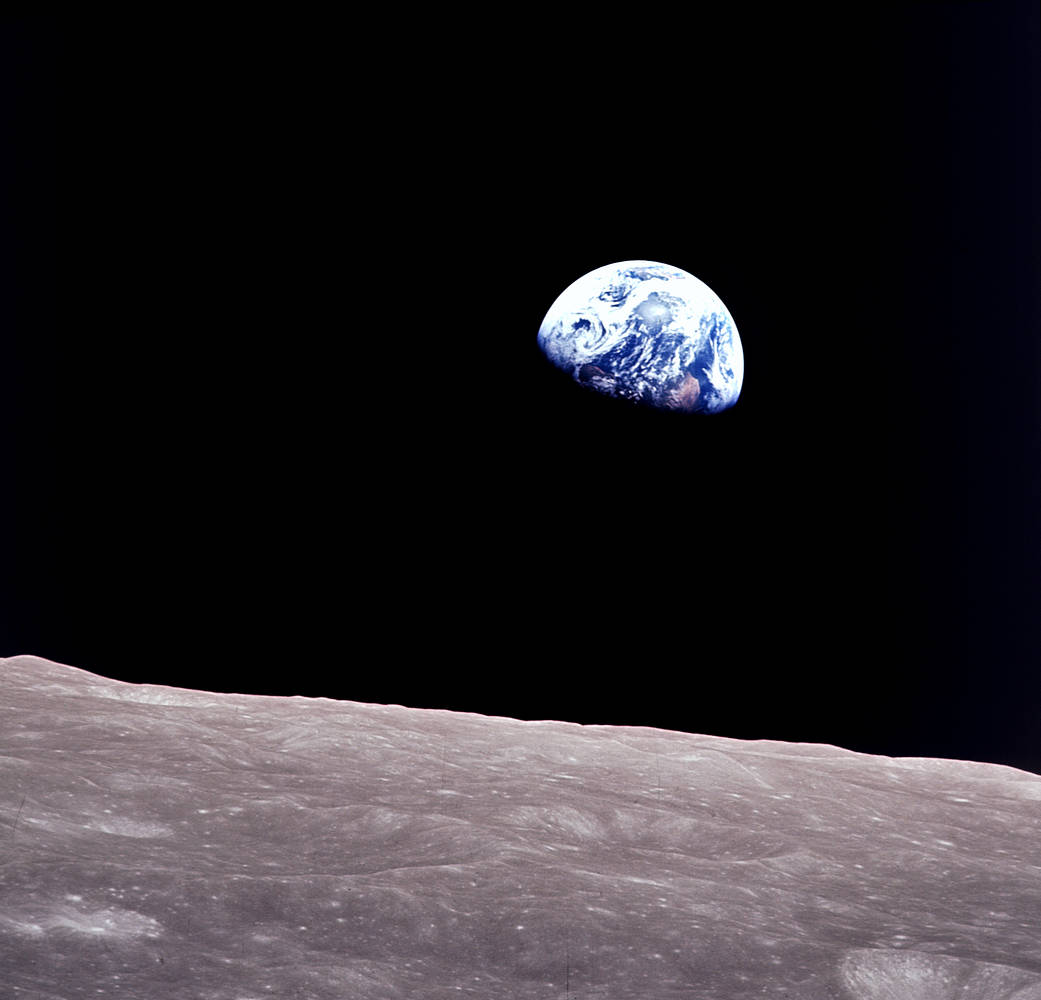
8. **Earthrise, 1968**Ready for a moment that literally shifted humanity’s perspective on our own home? It’s rare to pinpoint when history pivots, but for realizing Earth’s beauty, fragility, and loneliness, we know the precise second. It was December 24, 1968, 75 hours, 48 minutes, and 41 seconds after Apollo 8 lifted off from Cape Canaveral, embarking on the first manned mission to orbit the moon. This Christmas Eve occurred in a particularly tumultuous year for America.
Astronauts Frank Borman, Jim Lovell, and Bill Anders had just entered lunar orbit. As their spacecraft emerged from the far side of the moon during their fourth orbit, an unbelievable sight filled a hatch window. It was our blue-white planet, rising majestically above the lunar horizon. “Oh, my God! Look at that picture over there! Here’s the Earth coming up. Wow, is that pretty!” Anders exclaimed.
He quickly snapped a black and white photo, but the moment demanded color. Lovell scrambled for a color film canister, initially fearing they’d missed it. But then, a triumphant shout: “Hey, I got it right here!” Anders, weightless, floated swiftly to Lovell’s position and fired his Hasselblad camera, securing one of human history’s most significant images.
This incredible image—our first full-color view of Earth from outside its atmosphere—did more than just capture a pretty scene. It was a catalyst, launching the global environmental movement as people saw their home as a delicate, interconnected sphere. Crucially, it fostered a profound realization: in a vast, cold cosmos, our planet is truly special, a precious haven we must protect.
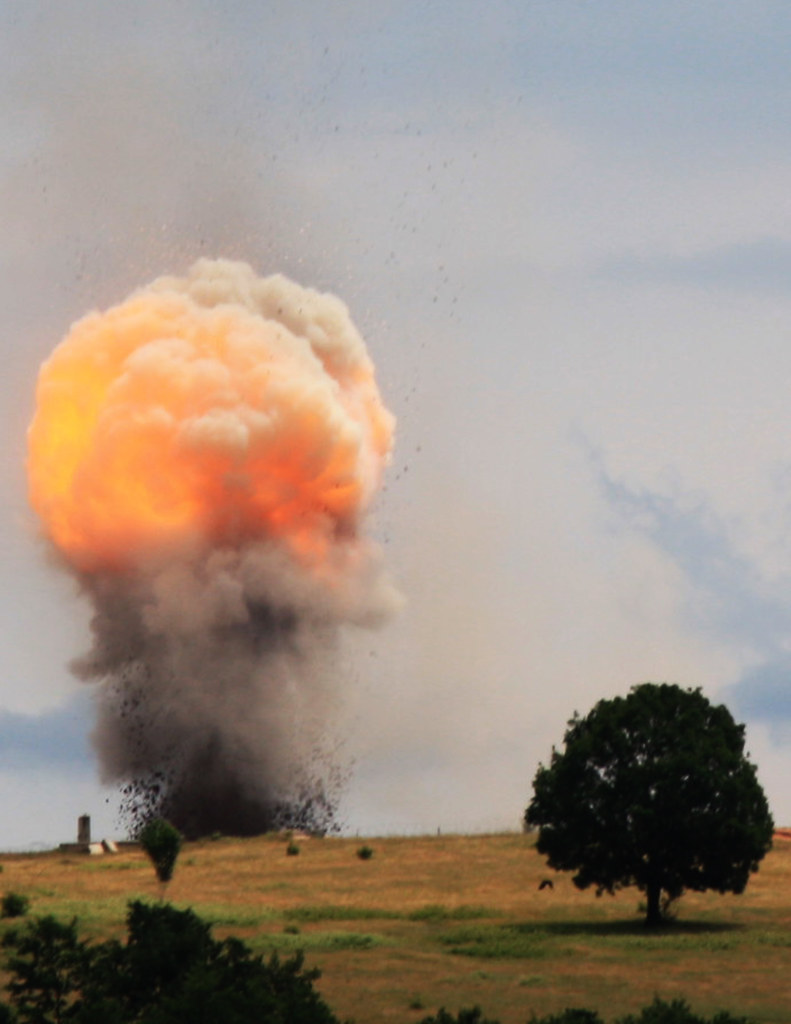
9. **Mushroom Cloud Over Nagasaki, 1945**Three days after “Little Boy” vaporized Hiroshima, the world witnessed an even more terrifying escalation. U.S. forces unleashed “Fat Man” upon Nagasaki. The resulting explosion was catastrophic, sending a colossal 45,000-foot-high column of radioactive dust and debris skyrocketing into the heavens, forever altering warfare.
Lieutenant Charles Levy, the bombardier, vividly recounted the overwhelming power. Physically knocked over by the blast, he remembered, “We saw this big plume climbing up, up into the sky. It was purple, red, white, all colors—something like boiling coffee. It looked alive.” Amidst this horror, Levy captured 16 photographs, documenting the new weapon’s power as it brutally ended 80,000 lives.
Just six days after these bombings, Emperor Hirohito announced Japan’s unconditional surrender in World War II. While officials initially censored photos of the devastation, Levy’s singular image—the only one to show the full scale of the mushroom cloud from the air—was widely circulated. This ensured the world would never forget the destructive force unleashed that day.
Levy’s powerful photograph profoundly shaped American public opinion, contributing to the nation’s embrace and even celebration of the atomic age. It marked a chilling new chapter in human history, a stark testament to the victors’ power to reshape the world and frame the narrative of its most catastrophic events.

10. **V-J Day In Times Square, 1945**Photography, at its absolute best, freezes fleeting moments, distilling raw hope, anguish, wonder, and joy. Alfred Eisenstaedt, a pioneering LIFE magazine photographer, made it his mission “to find and catch the storytelling moment.” On August 14, 1945, with World War II finally over, he found himself amidst Times Square’s joyous chaos, immersed in New York City’s euphoria.
As he scanned the ecstatic crowd, a powerful moment unfolded. A sailor, overcome with emotion, spontaneously embraced a nurse, tilting her back into a passionate kiss. Eisenstaedt’s photograph of that dramatic swoop instantly became an icon, perfectly distilling the collective relief and immense promise of that momentous day into an unbridled burst of post-war exuberance.
However, its interpretation has evolved. While a cherished symbol, modern discourse introduces a critical lens. Some argue that, viewed contemporarily, it could be seen as sexual assault, prompting discussions about consent and public affection, even in national jubilation. This adds a complex, thought-provoking layer to a celebrated image.
Despite evolving perspectives, Eisenstaedt’s image achieved unparalleled status: arguably the most famous and frequently reproduced picture of the 20th century. It forms the bedrock of our collective memory of that transformative moment, a visual shorthand for victory and relief. As Eisenstaedt famously said, “People tell me that when I’m in heaven, they will remember this picture.”
Read more about: The Golden Age of Chrome and Power: 15 Iconic American Cars That Defined the 1950s
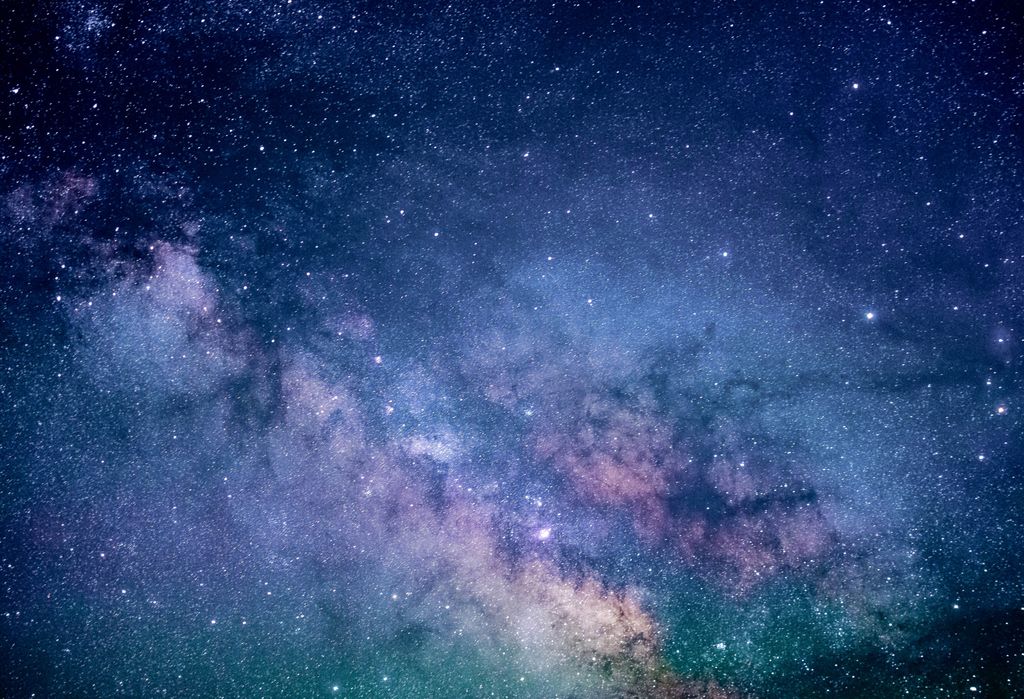
11. **Pillars Of Creation, 1995**Can you imagine pouring your heart and soul into a project, only for it to almost fail spectacularly? That was the reality for the Hubble Space Telescope. Launched in 1990, it was famously over-budget, years behind schedule, and nearsighted upon reaching orbit, its crucial 8-foot mirror distorted. Not until a complex repair mission in 1993 did Hubble finally come online.
And boy, did it deliver! On April 1, 1995, the telescope beamed back an image of the universe so breathtakingly clear and profoundly deep that it instantly earned its legendary name: “Pillars of Creation.” What Hubble had photographed was the Eagle Nebula, a vibrant, star-forming patch of space located a staggering 6,500 light-years from Earth in the constellation Serpens Cauda.
The image revealed something truly spectacular: enormous “smokestacks,” actually vast clouds of interstellar dust and gas. These towering formations are being sculpted by powerful, high-energy winds blasting out from nearby massive stars. The black portion in the top right? Simply magnification from one of Hubble’s cameras, giving us a glimpse into the raw, dynamic birthplace of stars.
While the scientific data from the Pillars is invaluable, their significance extends beyond mere astronomy. The sheer oddness and mind-boggling enormity of these formations—some pillars are a staggering 5 light-years, or 30 trillion miles, long—awed, thrilled, and humbled humanity. This single image achieved what countless astronomy symposia never could: a visceral connection to the incredible majesty and vastness of our universe.
Read more about: From ‘Whoa!’ to ‘Wait, What?!’ — The Wildest Actor Replacements in Hollywood History That Tried (and Failed) to Fool Us All!

12. **Fire Escape Collapse, 1975**Sometimes, a routine assignment takes an unexpected, tragic turn, etching a moment of horror into history. That’s what happened to Stanley Forman, a photographer for the Boston Herald American, on July 22, 1975. He rushed to a fire on Marlborough Street, expecting to capture another standard rescue. He saw a young woman, Diana Bryant, 19, and her 2-year-old goddaughter, Tiare Jones, on a fifth-floor fire escape.
But in a horrifying blink, the unthinkable occurred. “Suddenly the fire escape gave way,” Forman recounted, detailing the moment Bryant and Jones plunged into the air. “I was shooting pictures as they were falling—then I turned away. It dawned on me what was happening, and I didn’t want to see them hit the ground.” It was a visceral, human reaction to a terrifying scene.
Tragically, Diana Bryant died from the fall, but in a selfless act, her body cushioned the blow for her goddaughter, Tiare Jones, who miraculously survived. Using a motor-drive camera, Forman captured the entire horrible, tumbling moment, freezing it down to the raw, terrified expression on young Tiare’s face. This wasn’t just news; it was a deeply personal catastrophe, starkly laid bare.
Forman’s powerful, yet deeply disturbing, photograph earned him the Pulitzer Prize and sparked tangible change. Municipalities across the country enacted tougher fire-escape-safety codes, directly preventing future tragedies. Beyond its immediate impact, its lasting legacy is as much ethical as practical, remaining a cornerstone case study in the ongoing debate over sharing profoundly disturbing images for a greater purpose.
Read more about: America’s Defining Eras: A Showdown of 10 Pivotal Moments that Shaped the Nation (And Why They Still Matter)
From heart-wrenching acts of defiance and the silent screams of war victims to our first awe-inspiring glimpse of Earth from space and the birth of new stars, these iconic photographs are so much more than mere images. They are profound testaments to the human spirit, captured glimpses of our shared journey that continue to shape our understanding of history, ethics, and our place in the universe. Each frame serves as a powerful reminder that a single picture truly is worth a thousand words, capable of moving nations, sparking movements, and changing the world, one click at a time. Photography isn’t just about recording reality; it’s about defining it, challenging it, and ultimately, transforming it.


